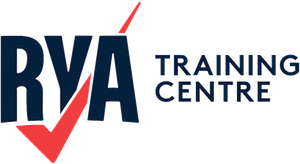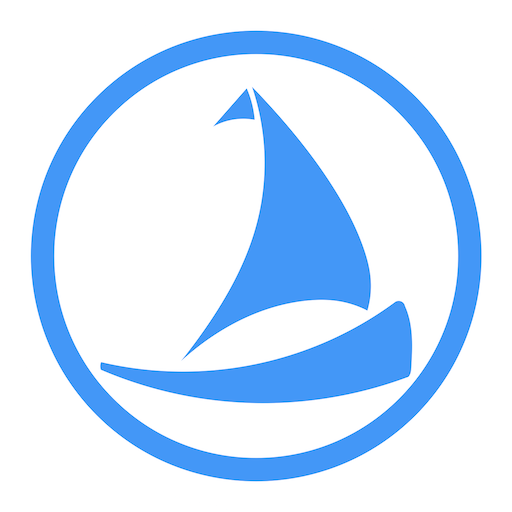Rule 6: Safe speed
Every vessel shall at all times proceed at a safe speed so that she can take proper and effective action to avoid collision and be stopped within a distance appropriate to the prevailing circumstances and conditions. In determining a safe speed the following factors shall be among those taken into account:
- By all vessels:
- the state of visibility;
- the traffic density including concentrations of fishing vessels or any other vessels;
- the manoeuvrability of the vessel with special reference to stopping distance and turning ability in the prevailing conditions;
- at night the presence of background light such as from shore lights or from back scatter of her own lights;
- the state of wind, sea and current, and the proximity of navigational hazards;
- the draught in relation to the available depth of water.
- Additionally, by vessels with operational radar:
- the characteristics, efficiency and limitations of the radar equipment;
- any constraints imposed by the radar range scale in use;
- the effect on radar detection of the sea state, weather and other sources of interference;
- the possibility that small vessels, ice and other floating objects may not be detected by radar at an adequate range;
- the number, location and movement of vessels detected by radar;
- the more exact assessment of the visibility that may be possible when radar is used to determine the range of vessels or other objects in the vicinity.
What this means:
Rule 6: Safe speed – Our plain English guide to help you understand & remember this rule.
Rule 6 is self-explanatory, with several factors that should be considered.
First and foremost, a summary of the opening paragraph reads that we must proceed at an appropriate speed for the prevailing conditions. As with most of the rules, it boils down to manoeuvrability.
There are no speed limits in the rules in open water unless governed by local by-laws; however, driving a RIB too fast to remain in control would be a breach.
There’s also reference to the vessels stopping distance and turning abilities which need to be considered by any skipper when deciding a ‘safe speed’. Of course, all vessels are different, and a sailing vessel can slow itself down and stop in considerably less time than an oil tanker, but a sailing vessel is also likely to travel at a fraction of the speed.
Rule 6 Considerations
Rule 6 also says that additionally (but not limited to), vessels should consider the following in determining a safe speed:
Key Point:
We must proceed at an appropriate speed for the prevailing conditions, always in control and considering our ability to manoeuvre safely.


